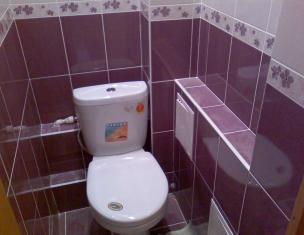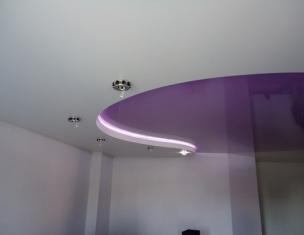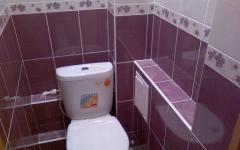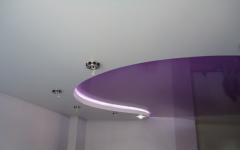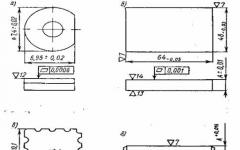When renovating a bathroom, it is necessary to take a responsible approach to such a stage as sealing the line between the bathroom and the wall. Not only the attractive appearance of the bathroom depends on the correctly chosen method of sealing and the quality of the work performed. Bacteria will not accumulate in the sealed seams and mold will not appear, the flow of water will be eliminated, therefore, when doing repairs with your own hands, try to take into account some recommendations.
Materials: how to seal the seam between the wall and the bathroom
It is impossible to install the bath close to the wall without sealing the seams. The choice of sealing method and the materials used for this work depends on the distance between the bathroom and the wall, as well as the type of decorative wall covering.
To reduce the size of the gaps, the walls and floor are leveled before installing the bath. If possible, adjust the level of the installation using the swivel legs of the bath.
If the bathroom has not yet been finished, you can seal the joints with cement mortar. To do this, a solution of the consistency of thick sour cream is applied to the cleaned surface with a spatula. If the gap is wide enough, then it is preliminarily laid with a rag soaked in the solution. After the cement mortar has dried, the seams are puttied and painted over with enamel.
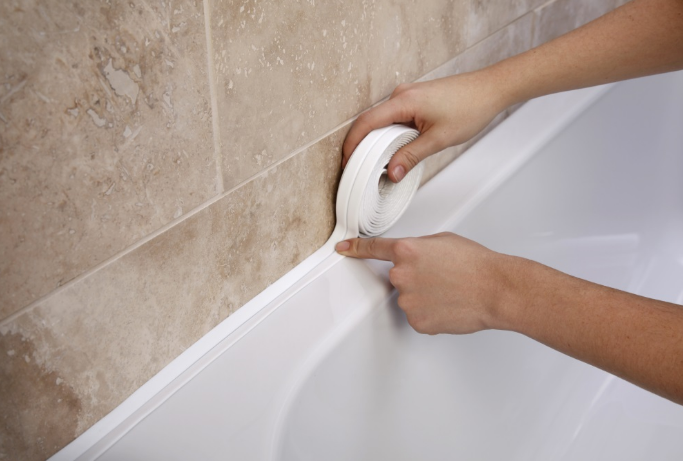
There are now more efficient sealing methods.
When sealing seams apply:
- Fugue for tiles;
- sealant;
- Ceramic plinth;
- Plastic corners, borders, plinths;
- Border tape.
Each of the sealing methods has its own characteristics, provides for preliminary surface treatment and adherence to a certain technology.
Choosing a bath seal
If the gap width is up to 0.5 cm, a fugue or sealing putty for ceramic tiles is used. It is chosen to match the main coat or get the desired shade by adding color.
The bath fugue is water-repellent and contains additives that protect against mold and mildew. From above, you can cover the joint with a fugue gloss.
If the seams were sealed with grout, then over time the seal is destroyed, and it has to be replaced. The joint to be filled should be no more than 1.5 cm.
How to seal the seams in the bath with sealant:
- Clean the joints, use a knife or scraper to remove the old seal.
- Treat the prepared surface with a disinfectant containing sodium hypochlorite: apply and leave for a while to kill microorganisms and mold, then rinse with clean water.
- Next, dry the bathroom.
- Using a moisture-resistant sealant, carefully cut off the tip of the cap, insert the cartridge into the gun and use the gun to squeeze the seal along the seam.
- Distribute the amount of sealant evenly by pressing in with a finger moistened with water, remove excess with a damp sponge.
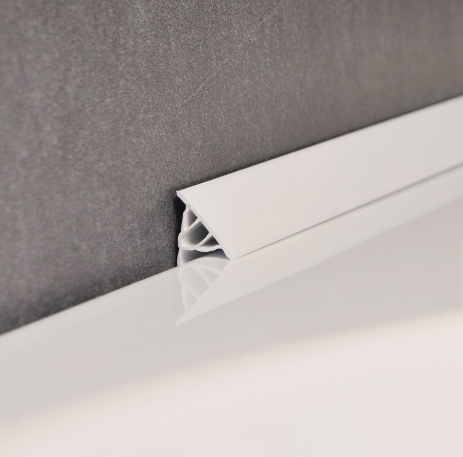
You can use the bathroom when the sealant is completely dry, when the base has become moisture resistant.
To seal bathtubs, use the following sealants:
- Silicone, has a long service life, has water-repellent properties and good adhesion. Can be used for both acrylic and cast iron bathtubs.
- Acrylic sealants are cheaper and can be used as a sealant in the bathroom, which will be resistant to bending, since after a day, the acrylic sealant hardens.
- Silicone-acrylic compounds that combine the properties of silicone and acrylic sealants.
- Polyurethane sealants, durable and flexible, have good adhesion to all building materials.
To perform work on sealing the bath, it is better to use a sealant with additives that do not allow mold to develop.
Instructions: how to seal the joint of the bathtub with the wall with a plinth
If the joint is 2-3 cm wide, it is closed with a ceramic border or plinth, having previously been filled with mounting foam.
As a ceramic plinth can be used:
- Specially produced ceramic borders;
- Friezes included in the bathroom tile set;
- Plinth cut from ceramic tiles.
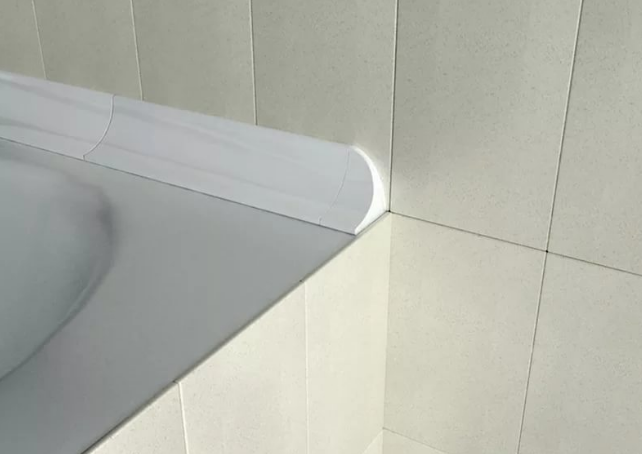
The plinth is glued at an angle of 45 ᵒ. Instead of a ceramic plinth, you can use a commercially available plastic border, plinth or corner, which is glued to “liquid nails”.
Install PVC plinth after processing the joints with sealant.
A ceramic plinth or a plastic corner is used to seal the joint in the bathroom.
Proper sealing of the seam between the bathroom and the wall with curb tape
The option of sealing the seam with edging tape or flexible edging is a modern, practical way of sealing, especially for an acrylic bathtub. The tape is made of elastic material based on PVC. Commercially available border tape is available in different sizes and is glued according to the instructions. For reliability, you can use a sealant or glue on "liquid nails".
Benefits of sealing with curb tape:
- Ease of installation;
- Ease of care;
- Resistance to mechanical stress, elasticity;
- Long service life;
- Neat seam.
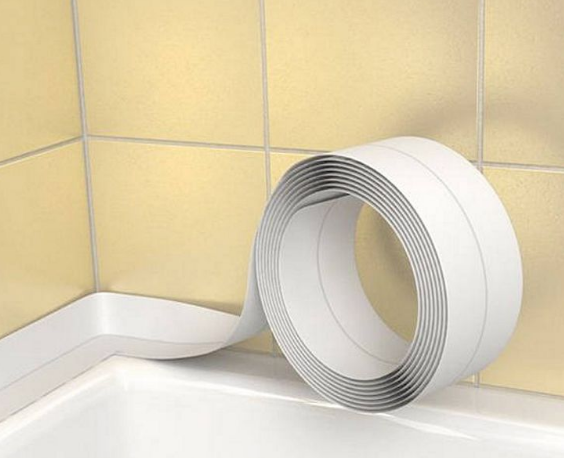
Sealed curb tape is different in shape. Tape with one fold (corner) is intended for sealing straight sections. When gluing in the corners of the bath, the tape is folded along the fold and cut at an angle of 45 ᵒ.
For sealing curved sections, a curb tape with two folds is used. The adhesive composition is applied only along the edges of the tape, the middle part is not glued, but serves only to cover the seam. When gluing a curly tape, decorative corners are installed in the corners of the bath.
Curb tape can seal not only straight, but also curved joints.
Curb tape can be purchased in white or tinted with the tone of ceramic tiles in the bathroom. The width of the border tape can be from 10 to 60 mm. Length 3.2 - 3.5 m. When buying a tape, you need to measure the length of the joint in the bathroom and then determine the number of packages.
Combined bathtub sealing method
Most often, bathroom waterproofing is carried out by a combined method, which consists of several methods and is therefore more reliable. Replacement of materials and methods of their application is allowed.
To seal the seams in the bathroom, you may need the following tools:
- spatulas;
- tassel;
- Gun;
- Rags;
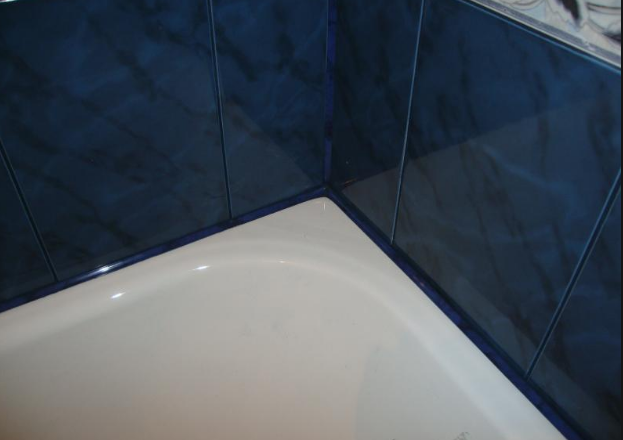
Narrow seams are sealed with cement mortar, after drying, a ceramic plinth or curb tape is laid on the joints. When sealing with a border tape, for better elasticity, it is slightly heated with a hairdryer.
When sealing a wider gap between the wall and the bathroom, construction foam is used. Filling is carried out, preventing the foam from getting on the hands and the surfaces of the bath and the wall. The excess of the dried foam layer is cut off with a knife. To level the surface and increase water resistance, the seam is covered with a sealant. A sealing edging is glued on top of the dry sealant: a plastic plinth or curb tape. When filling the seams with sealant, for more accurate work, use masking tape or paper tape, which is glued to the walls along the perimeter of the bath parallel to the seam.
When working with silicone sealant, use a respirator and ensure good ventilation of the room.
Attention, only TODAY!



